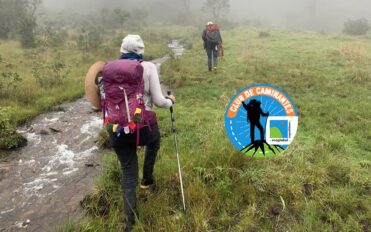The country is located in northwestern South America, bordered to the northwest by Panama; to the north by the Caribbean Sea; to the east by Venezuela and Brazil; to the south by Ecuador and Peru; and to the west by the Pacific Ocean. Colombia is the 26th largest country by area and the fourth largest in South America after Brazil, Argentina and Peru. With over 46 million people, Colombia is the 27th largest country in the world by population and has the second largest population of any Spanish-speaking country in the world, after Mexico. Colombia is a middle power, and is now the fourth largest economy in Latin America, and the third largest in South America. Colombia produces coffee, flowers, emeralds, coal, and oil. These products comprise the primary sector of the economy.
The territory of what is now Colombia was originally inhabited by indigenous peoples including the Muisca, Quimbaya, and Tairona. The Spanish arrived in 1499 and initiated a period of conquest and colonization ultimately creating the Viceroyalty of New Granada (comprising modern-day Colombia, Venezuela, Ecuador, north-western Brazil and Panama), with its capital at Bogotá.
Colombia is ethnically diverse. The interaction between descendants of the original native inhabitants, Spanish colonists, Africans brought as slaves and twentieth-century immigrants from Europe and the Middle East has produced a varied cultural heritage. This has also been influenced by Colombia’s varied geography. The majority of the urban centres are located in the highlands of the Andes mountains, but Colombian territory also encompasses Amazon rainforest, tropical grassland and both Caribbean and Pacific coastlines. Ecologically, Colombia is one of the world’s 17 megadiverse countries, and is considered the most megadiverse per square kilometer.



